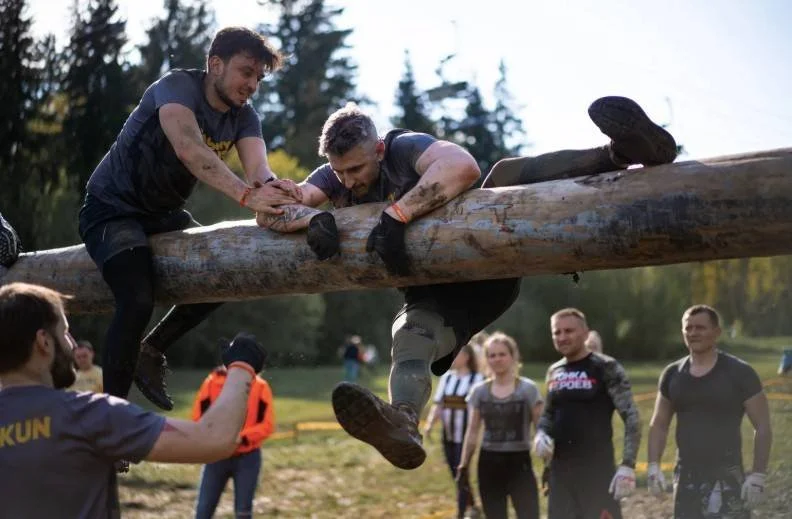Team-Building Games That Drive Real Collaboration
Not all team-building games are created equal. Some are just for fun, while others truly help people connect, communicate, and grow together. The secret lies in choosing games that go beyond laughter — the ones that build real collaboration.
Plot 1: Fun vs Productive Games
Many workplaces organise outbound trips or indoor games to help employees bond — things like puzzles, quizzes, trivia, or guessing a colleague’s voice. These activities are great for breaking the ice and creating happy moments. Everyone laughs, relaxes, and feels more comfortable with each other.
But here’s the truth: while fun games boost mood, they don’t always build teamwork skills like communication, problem-solving, or leadership.
Fun games include:
Icebreakers and trivia rounds
Puzzles or tower-building challenges
Outbound adventures or best-friend quizzes
They’re enjoyable and energising — perfect for team spirit — but they don’t usually create lasting collaboration.
Productive games, on the other hand, are designed with a clear goal. They help employees think strategically, communicate effectively, and solve problems together. Examples include:
Role-based challenges or workplace simulations
Design and innovation contests
Group brainstorming races
These activities push teams to plan, share ideas, and make decisions as a unit. In fact, studies show that interactive team-building exercises can increase workplace collaboration by up to 35%.
In short: Fun games refresh the team, but productive games strengthen it.
Example team building games such as outbound outdoor challenges.
Plot 2: Choose Team-Building Games According to Your Goals
Every team is different — and so are its needs. The best results come when activities match your organisation’s goals. Here’s how to pick the right ones:
1. Behaviour Change
Choose experiential activities that challenge people to step out of their comfort zones. For example, workshops that involve open discussion or simulated challenges help employees practise speaking up, collaborating, and supporting one another.
2. Creativity
If your goal is to boost innovation, select creative games that inspire out-of-the-box thinking. These might involve designing something new, solving an unusual problem, or brainstorming fresh ideas under time pressure.
3. Leadership and Decision-Making
Games that focus on leadership bring out hidden strengths. They help participants practise quick thinking, take responsibility, and lead their peers through challenges.
💡 Tip: Don’t pick games just because they’re trendy or fun. Choose activities that match your team’s growth goals — whether that’s communication, confidence, or collaboration.
Example of team-building games sharp creativity
Plot 3: Explore Sidestream Workshops and Immersive Events
At Sidestream UK, we design workshops and immersive events that go far beyond ordinary games. Each experience places employees in realistic situations where they must work together, think creatively, and adapt to change.
Here are two powerful examples:
The Death of Jane Doe (Immersive Event)
In this emotionally engaging experience, participants explore workplace mental health and empathy. They learn how to support colleagues during tough times and respond with compassion and understanding. It’s a powerful way to build resilience, communication, and leadership.
Marvellous Ideas (Creative Workshop)
In this lively, superhero-themed workshop, teams create their own Marvel episode ideas — complete with heroes, villains, and exciting twists. The challenge helps employees think creatively, take risks, and practise public speaking while presenting their stories with confidence.
Both activities are designed to strengthen behaviour change, innovation, and teamwork in a safe, engaging environment.
Choosing the right games strengthens the foundation of teamwork. Explore Sidestream’s team-building games solutions or book a free call to design a team experience tailored to your goals.


